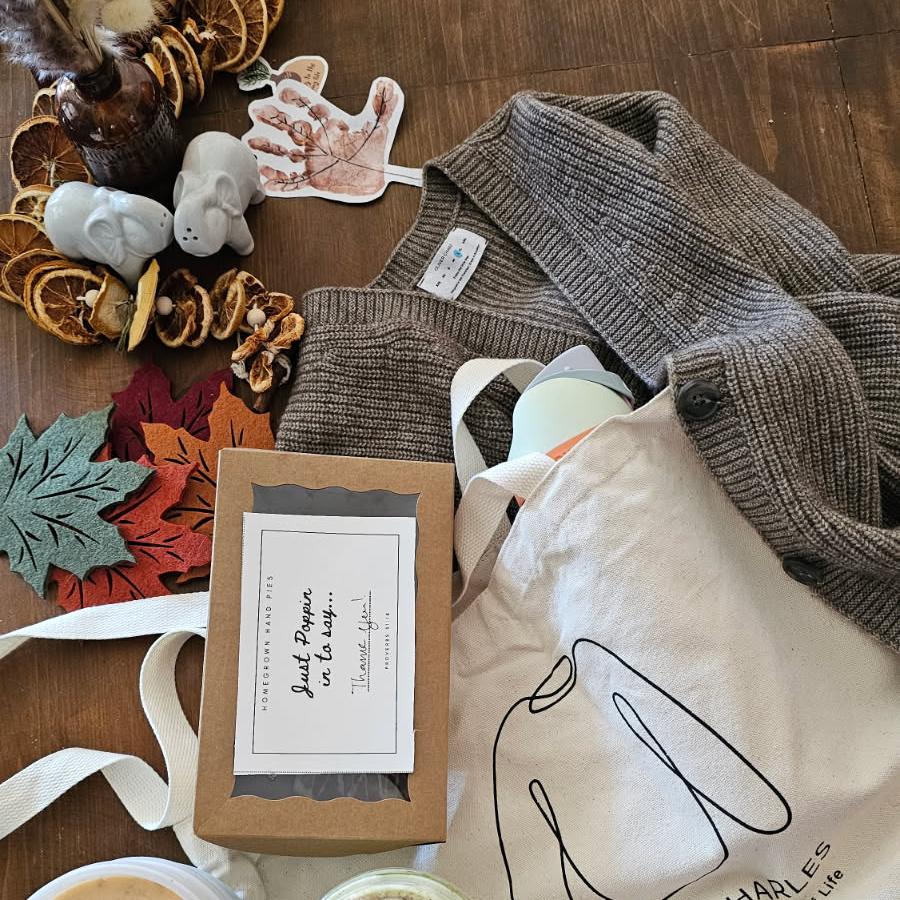Merino Wool: 10 Common Misconceptions
Shed light on how unique and sustainable merino is.
October 5, 2023
By Oliver Charles
US Merino Wool Sweaters
Introducing the 4th blog in my 4-part blog series about our new US Merino Wool Sweaters. This blog debunks a few misconceptions about merino wool and unravels the truth behind them.
- Ultimate Guide to Merino Wool
- US Merino Certifications
- History Of US Merino Wool
- 10 Common Merino Misconceptions
----------
Merino wool is a remarkable natural fiber with a host of benefits, but it has also been the subject of various misconceptions over the years.
These can sometimes deter people from fully appreciating the versatility and utility of merino wool.
As with any new peice of information, this blog is meant to serve as general informational and for educational purposes only. The content is not intended to be a substitute for your own research.
Without further ado, here are some of the most common misconceptions about this extraordinary natural material.
1. Merino Wool Production Always Involves Mulesing
Responsible merino production, as certified by organizations like RWS and NATIVA, prioritizes the welfare of the sheep in various ways.
First, mulesing, an undoubtedly harmful practice, is prohibited.

2. Merino Wool Production Is Harmful To The Environment
Merino wool production can be environmentally friendly. Ranches with RWS and NATIVA certifications focus on regenerative agriculture, conservation, reduced chemical use, and biodiversity, minimizing their footprint.

3. Merino Wool Production Requires Excessive Water/Land
Merino wool production is less water-intensive than some plant-based fibers, like non-organic cotton. Their primary diet is forage, which includes pasture grasses and hay.
Merino sheep are also typically raised in areas with minimal arable land, making them well-suited for grazing on marginal lands. Certifications aim to minimize environmental impacts, including water and land use, through responsible land management.

4. All Merino Wool Is Imported Into The USA
Not all merino wool comes from overseas! We've sourced an extraordinary type of merino wool from a collective of 7 ranches in California, Nevada, Oregon, and Colorado. This collective of ranchers is called Shaniko.
Jeanne Carver leads it from the Imperial Wool Ranch, located in Shaniko Oragan, the once wool capital of the world. It was the first ranch in the US to get the coveted Responsible Wool Standard certification (RWS).

5. Sustainability Certifications Are Ineffective
While certifications are not without challenges, they provide a valuable framework for accountability and transparency in the industry.
Certifications like RWS and NATIVA set standards and encourage ranches to adopt responsible practices.
Both certify that all businesses involved in the wool industry meet animal welfare, land management, and social requirements.
They help farmers, businesses, and brands in the wool industry to mark their products as authentic and fully traceable from farm to product.

6. Merino Wool Is Not Biodegradable
Merino wool is 100% biodegradable. Wool comprises the natural protein keratin. When keratin is broken down naturally by microorganisms, the products do not pose any environmental hazard. They readily biodegrade in 3 to 4 months and act as natural fertilizers by slowly releasing valuable nutrients and carbon into the soil.

7. Sustainable Merino Wool Is Hard To Verify
While verifying sustainability claims can be challenging, certifications like RWS and NATIVA offer a way for consumers to identify products from ranches that adhere to better practices.
NATIVA verification is stored on the blockchain, helping businesses, and consumers identify fully sustainable and traceable wool fiber.

8. Sustainable Merino Wool Is Scarce
While not all merino wool products are sustainable, the availability of sustainable options has been steadily increasing. Many ranches and brands are embracing better practices, making it easier for consumers to choose environmentally responsible merino wool products.

9. Merino Wool Farming Leads To Overgrazing
Sustainable merino wool ranches prioritize responsible land management practices to prevent overgrazing and minimize environmental impacts.
Techniques like rotational grazing help maintain the health of pastures and ecosystems, ensuring that overgrazing is avoided.
Proper regenerative grazing of merino sheep gives back to the earth and its ecosystem. Merino sheep naturally return nutrients to the soil by depositing naturally occurring fertilizers, increasing microbial health and diversity.

10. Merino Wool Is Not Animal-Friendly
Merino sheep's continuous wool growth, a trait developed through domestication, is benefited by shearing to prevent health issues.
If left unchecked, the weight of the wool can strain the sheep, and the accumulation of lanolin can lead to discomfort. Furthermore, excessive wool growth can cover their eyes, impeding their vision and overall well-being.
Some shearing practices are better than others. According to Food Animal Concerns Trust, the New Zealand method emphasizes a more gentle and low-stress handling techniques during shearing.

Knowing Your Facts Helps Nature
Information plays a significant role in the clothing industry. It's important to be mindful of where your clothes come from and their environmental impact when shopping.
By addressing some objections about merino, we hope to give you some tools for conducting research.
Sustainability is more than just a trend; it's a way of living that fosters harmony with nature for future generations.
As stewards of our planet, having the right facts can help us make environmentally responsible choices.
If you believe that every good wardrobe starts with owning less and owning better, consider buying yourself an OLIVER CHARLES sweater.
Shop NowA Perfect Fall Day In My 100% Yak Wool Cardigan
The sweater’s pockets were perfect for storing dog treats on my walk, making me new furry friends.
Read more7 Day Challenge: One Yak Wool Vest Simplified My Entire Week
An honest review of the Cardigan Vest from a busy and pregnant toddler mom.
Read more5 Adventure Challenge: Rediscovering Style In Simplicity
Trying out my new sustainable sweater for 5 adventures.
Read more



